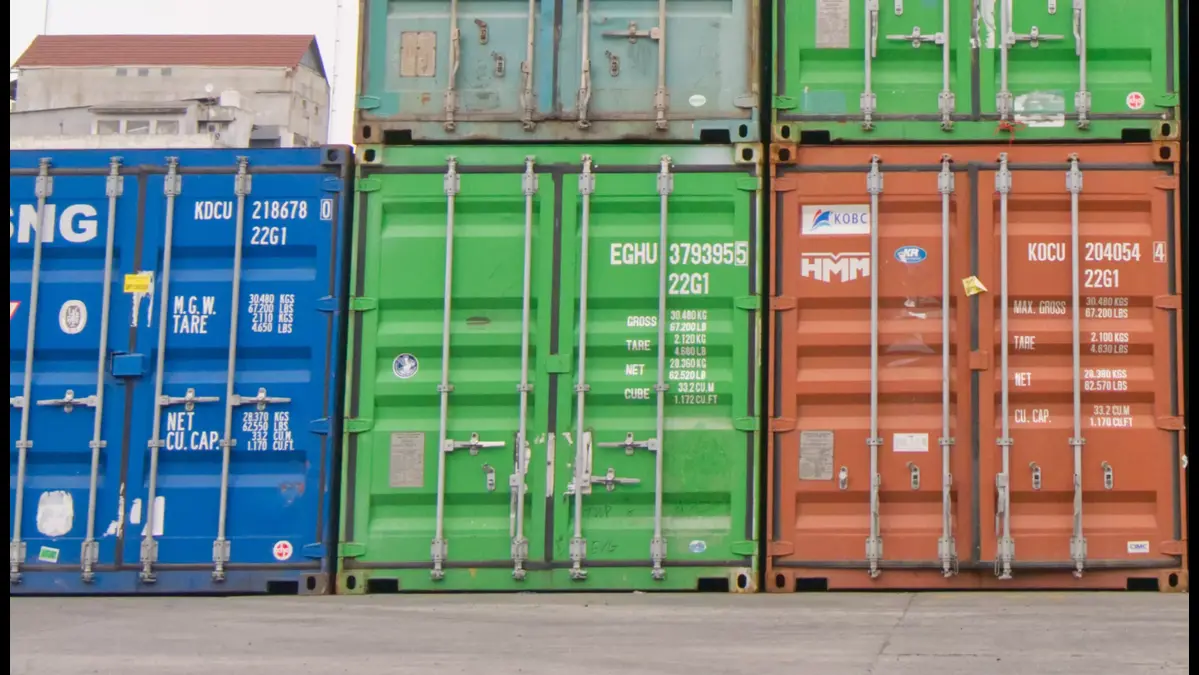Weighing objects accurately is essential in various fields, from cooking and manufacturing to shipping and science. Yet, many overlook an important aspect of this process: tare weight. If you’ve ever found yourself confused about how much your container weighs compared to its contents, you’re not alone. Understanding tare weight can significantly simplify your weighing tasks.
Tare weight isn’t just a technical term; it’s the key to unlocking precise measurements that save time and resources. Whether you’re counting ingredients for a delicious recipe or measuring products for sale, getting your weight right ensures that every calculation is spot on. Let’s dive into the fascinating world of tare weight and uncover how mastering this concept can streamline your weighing process efficiently!
Understanding Tare Weight
Tare weight refers to an empty container or packaging that holds items. It plays a crucial role in achieving accurate measurements when weighing products. By subtracting the tare weight from the total weight, you can determine the net weight of the contents.
This concept is widely used across various industries. In kitchens, for example, cooks often use tare weights to ensure they measure only ingredients without including bowls or containers.
In laboratories and industrial settings, precise tare weights are pivotal for experiments and production processes where accuracy matters greatly.
The beauty of tare weight lies in its simplicity—it allows anyone to weigh more efficiently by focusing solely on what counts: your product! Understanding this term will elevate your weighing game considerably and help eliminate guesswork from your calculations.
How Tare Weight Affects Your Weighing Process
Tare weight plays a crucial role in the weighing process. It allows you to subtract the weight of containers or packaging from the total measurement, giving you an accurate reading for your desired material. This step is vital, especially in industries like food service and manufacturing.
When tare weight is applied correctly, it streamlines operations. You can focus on measuring ingredients or products without worrying about added bulk from containers.
Moreover, precision matters significantly in research labs where every gram counts. An incorrect tare measurement can lead to better experiments or results.
Using tare effectively enhances efficiency by minimizing waste and ensuring that only the intended material gets weighed. With technology advancements, most modern scales now have built-in tare functions that simplify this task further, making accuracy more accessible than ever before.
The Importance of Accurate Tare Weight Measurements
Accurate tare wei ght measurements are crucial for precise weighing. They ensure that only the net weight of a product is recorded, excluding any packaging or container.
This accuracy impacts various industries, from food production to pharmaceuticals. Inaccurate readings can lead to significant financial losses and regulatory issues.
Consider a bakery calculating ingredients. If the tare weight isn’t correct, recipes may turn out inconsistently, which affects not only taste but also customer satisfaction.
Even slight discrepancies can skew experiment results in laboratories, compromising research findings or safety tests.
Using proper tare measurements enhances efficiency, too. It saves time during the weighing process and minimizes waste by ensuring exact quantities are used every time.
Investing in quality scales with reliable tare functions will pay off over time by improving overall operational precision across your business processes.
Tips for Obtaining Accurate Tare Weight Readings
Start with a clean scale to obtain accurate tare weight readings. Dust and debris can significantly alter measurements.
Always ensure the container or item you use is stable on the platform. A wobbly base may lead to fluctuating results.
Calibrate your scale regularly. Checking accuracy before each use helps maintain precision in your readings.
Use consistent measurement techniques. Place items gently on the scale to avoid sudden shifts that could affect the tare weight.
When possible, zero out your scale after placing containers before adding contents. This ensures you’re only measuring what’s essential.
Environmental factors like temperature and humidity can influence electronic scales’ performance.
These simple steps will greatly enhance accuracy, making your weighing process more reliable and efficient.
Common Mistakes to Avoid When Using Tare Weight
When working with tare weight, precision is key. One common mistake is neglecting to zero the scale before placing an item. This simple oversight can lead to inaccurate readings and skew your results.
Another frequent error involves using the wrong measuring container. Different materials can add varying weights, significantly impacting your final measurement. Always choose a container that’sappropriate for what you’re weighing.
Many users also need to remember the effects of temperature. Scales can be sensitive to changes in temperature, which might alter their readings if not accounted for properly.
Failing to calibrate your scale regularly is a critical misstep. Even the best scales will yield incorrect measurements over time without proper calibration. Regular checks ensure consistency and reliability in your tare weight calculations.
Innovations in Tare Weight Technology
Recent advancements in tare weight technology are transforming how we approach weighing processes. Smart scales equipped with digital displays now allow users to input tare weights easily. This precision facilitates more accurate measurements for various applications, from cooking to industrial uses.
Wireless connectivity is another exciting development. Scales can sync data directly to smartphones or tablets, providing real-time updates and eliminating manual calculations. This innovation enhances convenience and reduces the likelihood of human error.
Automation is also making waves in this field. Automated systems adjust tare weights based on container changes without user intervention, streamlining workflows significantly.
Moreover, some cutting-edge devices feature built-in sensors that automatically detect different materials’ densities, ensuring even greater accuracy when calculating net weights. These innovations simplify tasks and enhance productivity across various industries where precise measurements are crucial.
Conclusion: Streamlining Your Weighing Process with Tare Weight
Using tare weight effectively can significantly enhance the accuracy and efficiency of your weighing process. By understanding how it works, you streamline operations in various settings, from kitchens to laboratories.
Accurate tare measurements help eliminate errors caused by containers or packaging. This not only saves time but also improves overall data reliability. As technology evolves, innovations make it easier than ever to measure tare wei ght accurately.
By being mindful of common mistakes and implementing precision techniques, you ensure trustworthy results. Incorporating these practices into your routine simplifies tasks while maintaining quality standards.
Embracing the principles behind tare weig ht transforms a basic necessity into a refined practice that benefits everyone involved in any weighing activity. A solid grasp of this essential concept starts the journey towards more accurate measurements.




